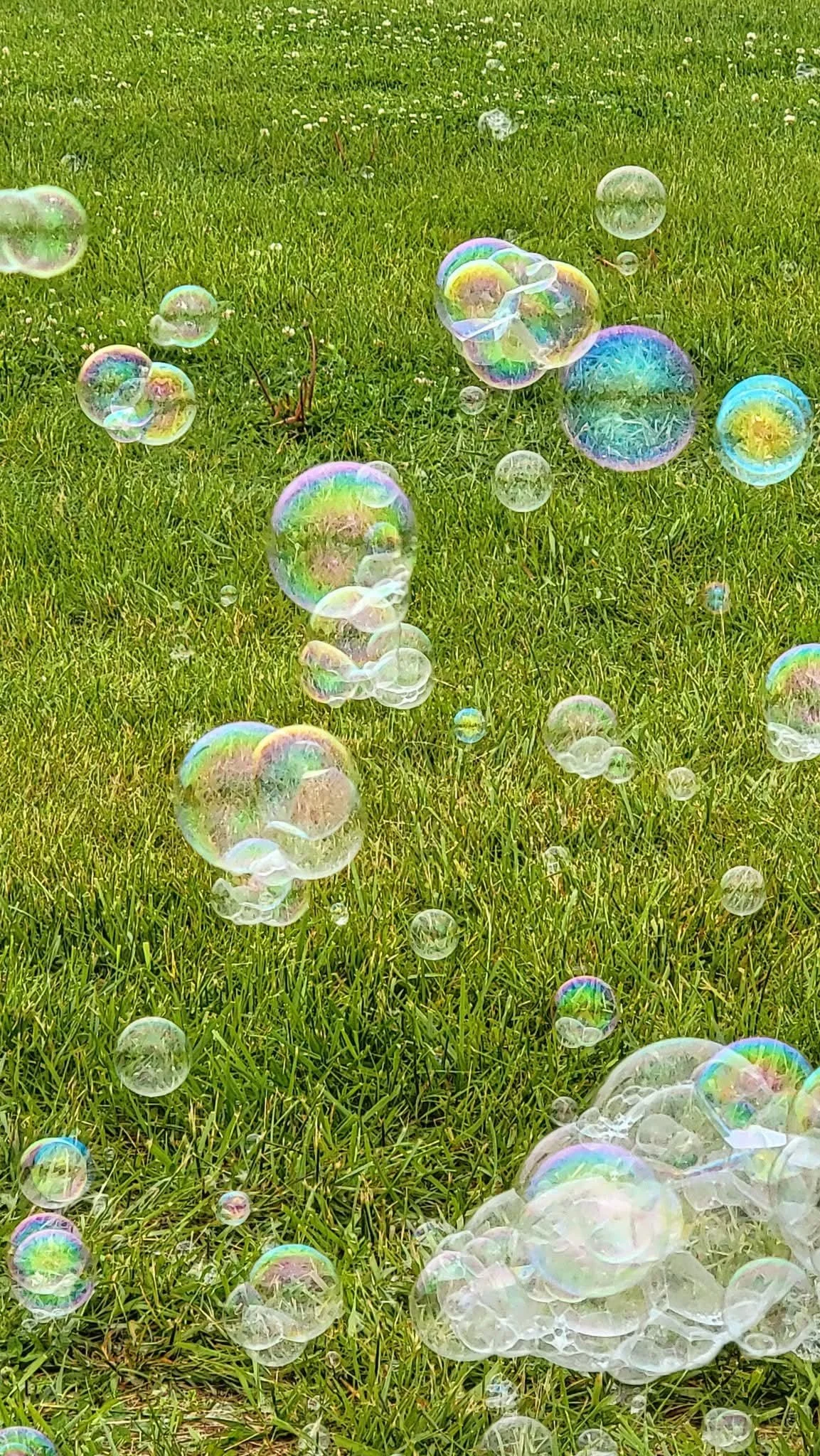
Child & Family Counseling
Find safety in the storm and calm in the chaos
What support does your child need ?
Restore Your Relationships
At the heart of my approach is the belief that children heal best in environments that are safe, predictable, and nurturing. Play is the natural language of children, allowing them to express emotions, process experiences, and explore challenges in ways that words alone cannot capture. Through play, therapy becomes a journey of empowerment, where children develop coping skills, emotional resilience, and self-awareness at their own pace.
I recognize that caregivers are central to a child’s healing. Therapy involves supporting parents and caregivers to respond with empathy, consistency, and calm. By helping caregivers understand and validate their child’s experiences, we strengthen the child’s sense of safety and help families navigate challenges together. This partnership ensures that growth in therapy is supported and reinforced at home, creating a lasting impact.
The approach emphasizes relationship-based interventions. Children’s struggles—whether emotional, behavioral, or social—are often tied to relational stressors within the family and beyond. Through play, I observe and engage with the child to understand underlying feelings, unmet needs, and internal conflicts, while also modeling healthy communication and problem-solving skills. Therapy focuses on the child’s strengths and builds confidence, self-expression, and emotional awareness.
Ultimately, I believe that every child has the capacity for growth, resilience, and joy when provided with safety, connection, and support. Therapy is a collaborative journey—not only between child and therapist, but with the family at the center. By nurturing both the child’s emotional world and the parent-child relationship, I aim to foster healing, understanding, and lasting change that extends beyond the therapy room.

“Children often need a safe space to express what words cannot; through play, they can navigate their feelings and find calm.”
— Adapted from Garry Landreth








